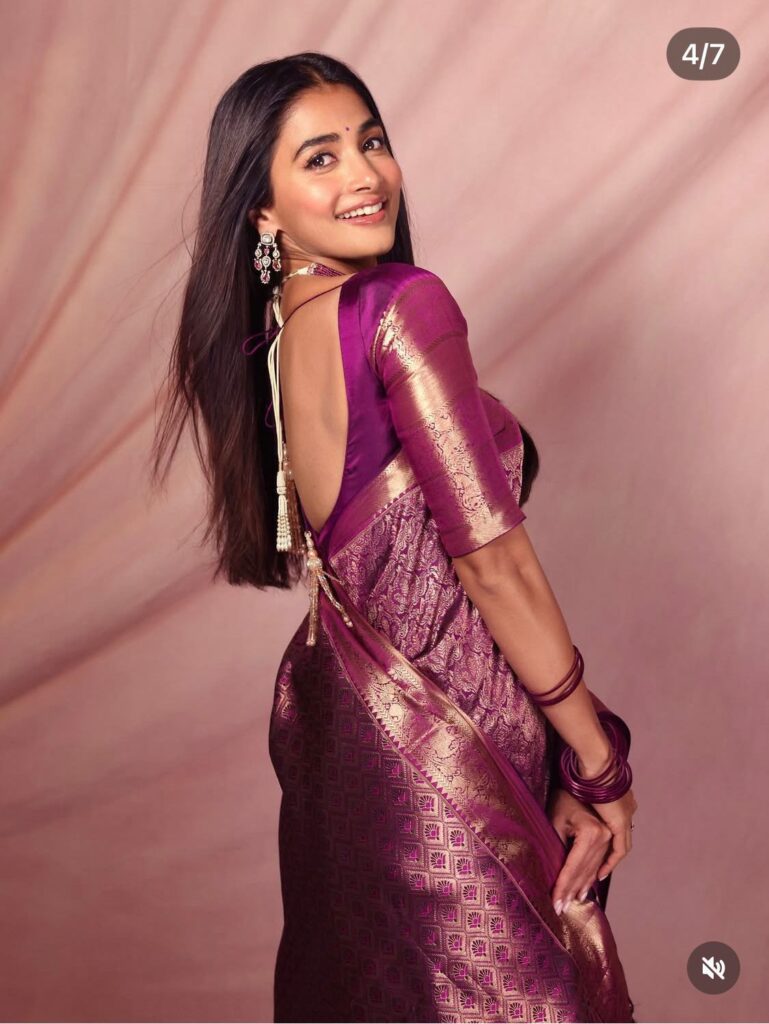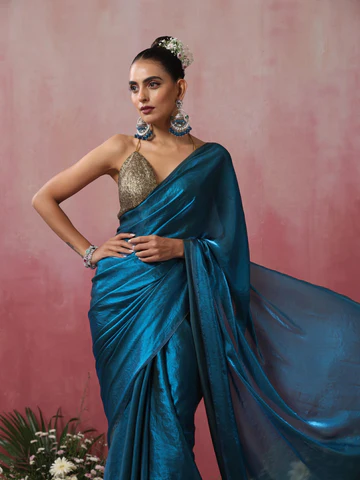When it comes to luxurious silk sarees in India, two names always stand out – the Kanjivaram saree from Tamil Nadu and the Paithani saree from Maharashtra. Both are timeless masterpieces of Indian weaving tradition, but if you’re wondering which one deserves a place in your wardrobe, let’s dive deep into their differences, charm, and value.
Origin and Heritage
Kanjivaram Sarees
- Woven in Kanchipuram, Tamil Nadu, Kanjivaram sarees are often called the “Queen of Silks.”
- Known for their durability, shine, and temple-inspired motifs, they are often a bride’s first choice in South India.
Paithani Sarees
- Hailing from Paithan, Maharashtra, Paithani sarees are called the “Pride of Maharashtra.”
- Famous for their handwoven silk and peacock/paisley motifs, Paithanis carry a royal Maratha legacy that dates back to the Satavahana dynasty.
Fabric and Weaving Technique
- Kanjivaram: Uses mulberry silk threads interlocked with zari, making the saree heavier and sturdier. Borders and pallu are often woven separately and then joined seamlessly.
- Paithani: Woven with fine silk and metallic zari, using a unique tapestry technique. The weaving is more delicate, giving it a lightweight yet regal finish.
Designs and Motifs
- Kanjivaram Sarees feature:
- Temple borders
- Mythological stories
- Checks, stripes, and floral buttas
- Paithani Sarees showcase:
- Peacock, lotus, and paisley motifs
- Rich oblique square designs
- Vibrant dual-tone shades
Occasions to Wear
- Kanjivaram Sarees: Perfect for weddings, festive functions, and bridal trousseau. They symbolize grandeur and tradition.
- Paithani Sarees: A must for Maharashtrian weddings, traditional rituals, and festive pujas. Lighter versions are also worn on family occasions.
Price and Investment Value
- Kanjivaram: Price usually starts from ₹10,000 and can go up to lakhs, depending on zari purity and craftsmanship.
- Paithani: Ranges from ₹8,000 to lakhs, especially the rare handloom Paithanis which are considered collector’s items.
👉 Both are lifetime investments that can be passed down as heirlooms.
Which One Should You Choose?
- Go for Kanjivaram if:
- You love bold borders and heavy drape.
- You want a grand saree for weddings or bridal wear.
- You prefer temple-inspired, South Indian designs.
- Choose Paithani if:
- You want something lightweight yet royal.
- You love peacock motifs and bright dual-tone shades.
- You want a saree that reflects Maharashtrian heritage.
Final Verdict
Whether you pick a Kanjivaram or a Paithani, both are more than sarees – they are stories woven in silk, carrying centuries of tradition. If your budget allows, having both in your Indian closet ensures you are ready for any occasion, from South Indian weddings to Maharashtrian rituals.
So, next time you plan to invest in a silk saree, think beyond trends and look at heritage – because these sarees are not just outfits, they are legacies you wear with pride.


